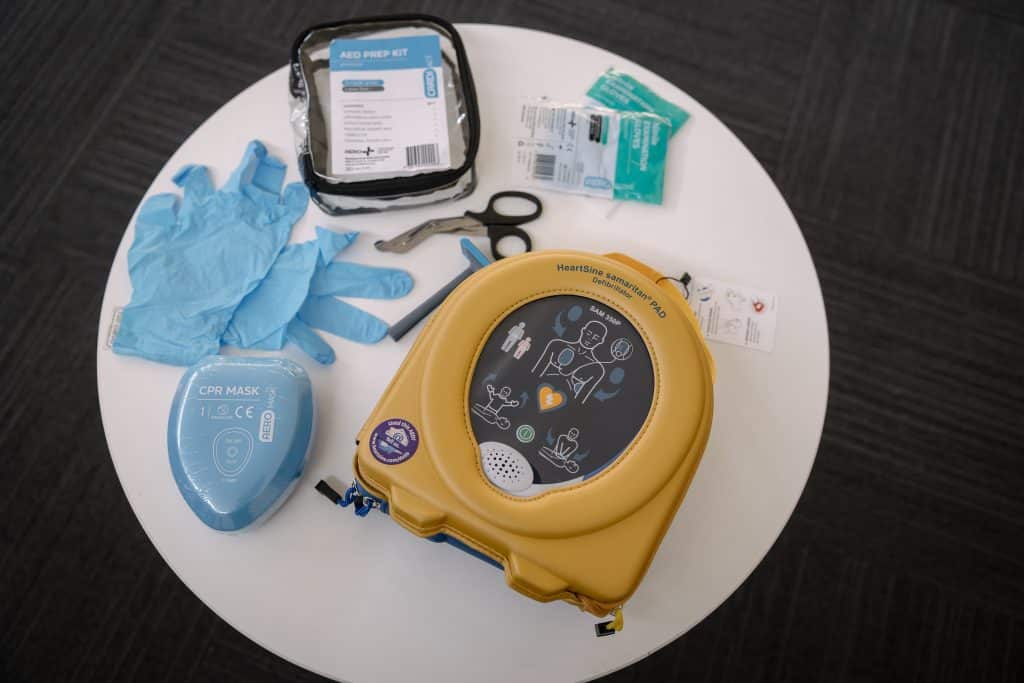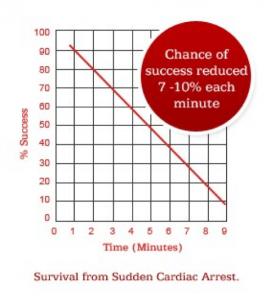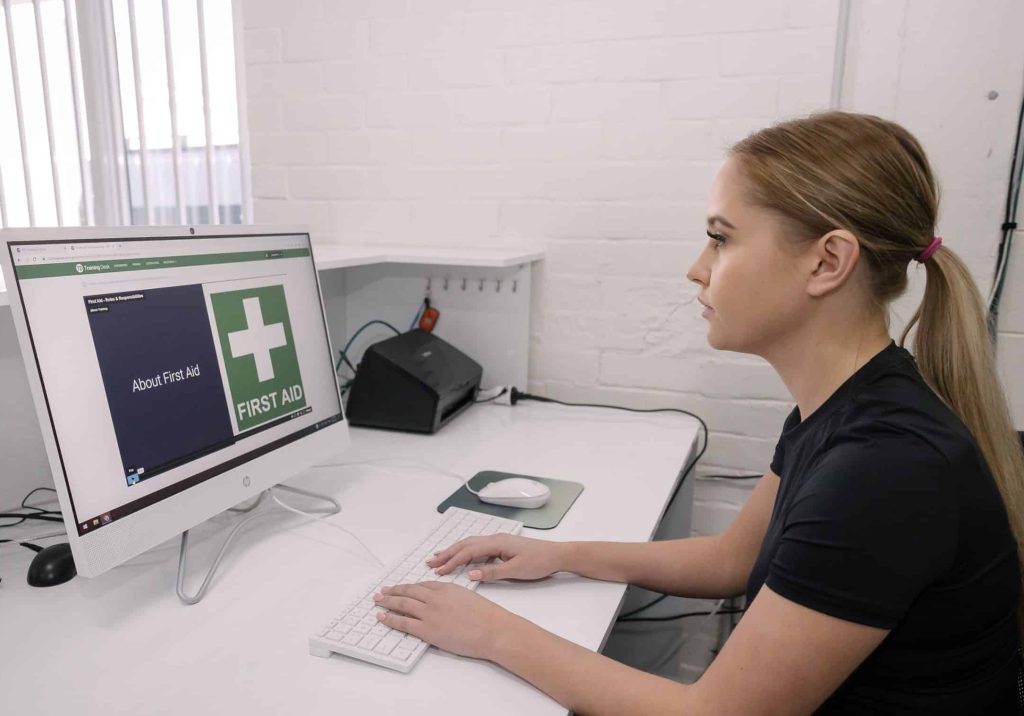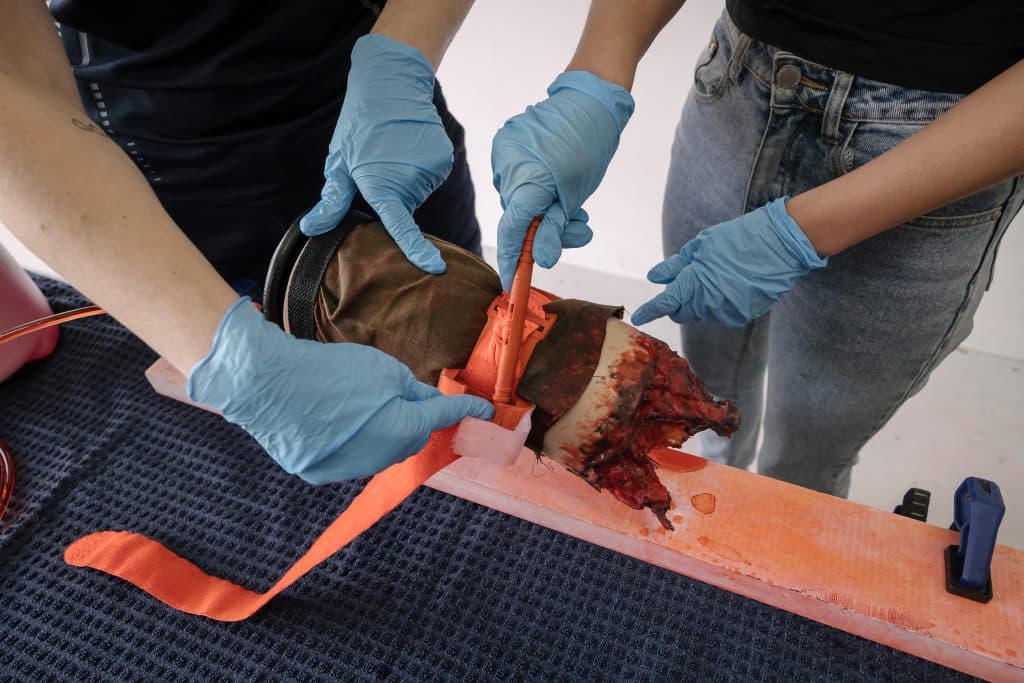Diabetes is a medical disease that afflicts approximately 415 million people globally, with numbers expecting to rise in the coming…

Myths and Truths of Defibrillators
How does a Defibrillator work?
In the first of a two-part series, we look at what is an Automated External Defibrillator (AED) and how effective they are. In the second part, we look at some of the most common questions we’ve been asked during our First Aid courses and bust a few myths about what an AED can and can’t do!
So what is Automated External Defibrillator (AED)?
In simple terms, an AED is an electrical device designed to shock the heart. As the name suggests, they’re designed to stop the heart fibrillating, an irregular rhythm of the heart, that leads to sudden cardiac arrest and results in oxygenated blood not reaching the brain and other vital organs.
The electrical shock is delivered via 2 adhesive pads, one placed on the left-hand side of the chest and the other on the top right of the chest. This placement allows for the ‘electrical shock’ to go from one pad, through the heart, to the other pad. For the electrical current to flow effectively the pads must be placed close together creating a pathway through the heart and they must be placed on clean, dry skin. The amount of electricity passing through the heart is around 300 amps, the equivalent of running a 100-watt globe for 3 seconds. This relatively low voltage also means the risk of electrical shock to a first responder is minimal.
The automated part of the defibrillator refers to the self-analysis the unit does, to determine if a shock should be delivered, once the pads are placed and the unit turned on. This simplifies the process, allowing anyone, even those without any First Aid training, to use an AED and potentially save someone’s life.
How effective are Defibrillators in saving people lives?
Each year in Australia more than 30,000 people die from Sudden Cardiac Arrest (SCA). In more than 90% of cases, they occur outside the hospital. Within 3 minutes of SCA occurring, the brain begins to die and each minute there is a delay in CPR and use of an AED, the chances of the person surviving drops 10%.
Source: Laerdal, “Every Minute Counts”
A 2002 Study, published in the New England Journal of Medicine, found that when a Defibrillator was used within the first 3 minutes of SCA occurring, the survival rates increased by more than 80%. This study was further backed up by findings from the Melbourne Cricket ground, that showed that of the 28 people who required a defibrillator, more than 86% of them survived. This compares very favourably to the national average of less than 5% of people that survived where a defibrillator was not used.
The key outcome from the finding was ensuring that defibrillators are easily accessible, minimising the “collapse to shock time”. The target is to have a defibrillator attached and ready to go within 3 minutes of sudden cardiac arrest occurring. For further information on Defibrillators or First Aid Training don’t hesitate to get in touch with us.



